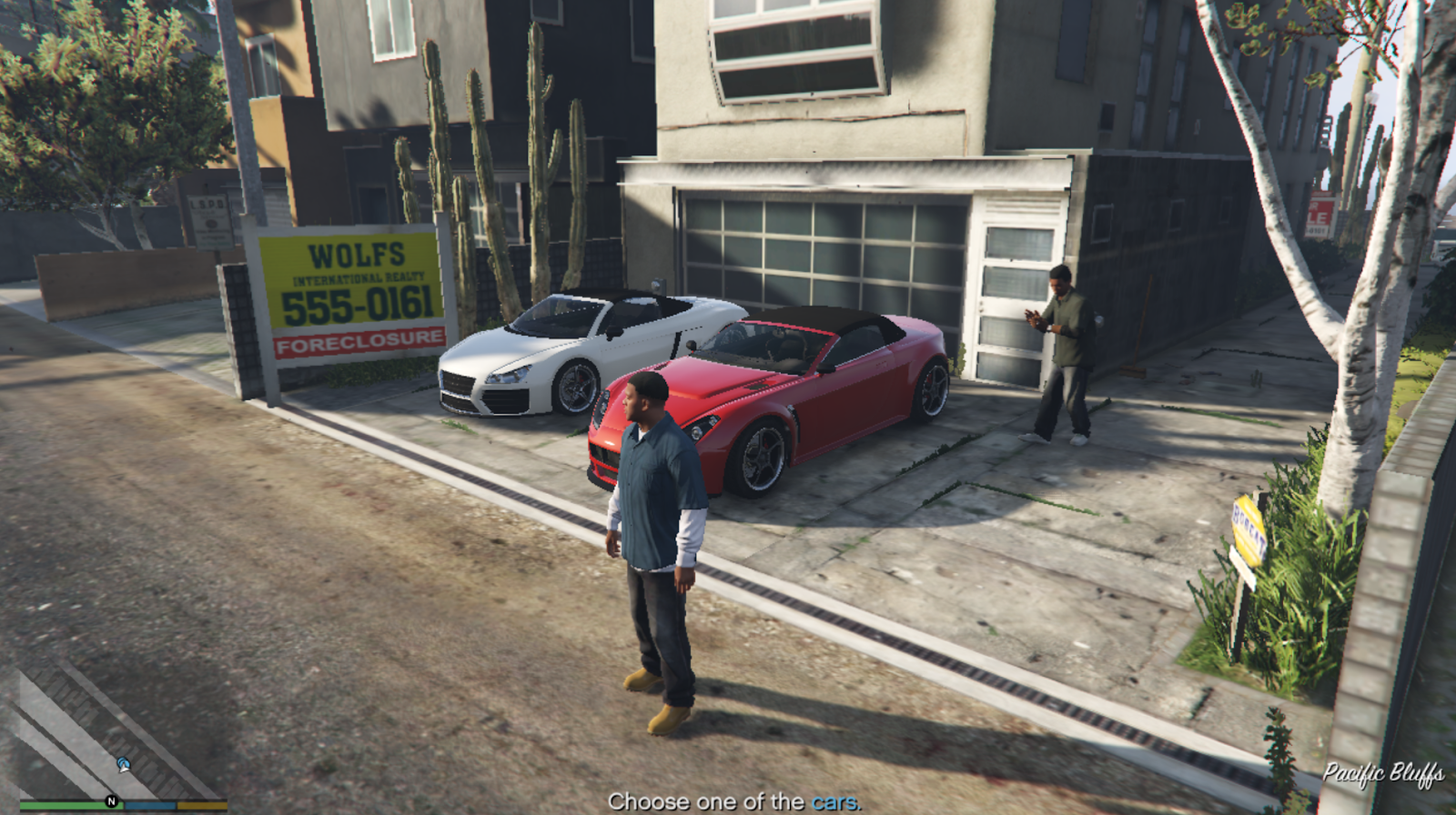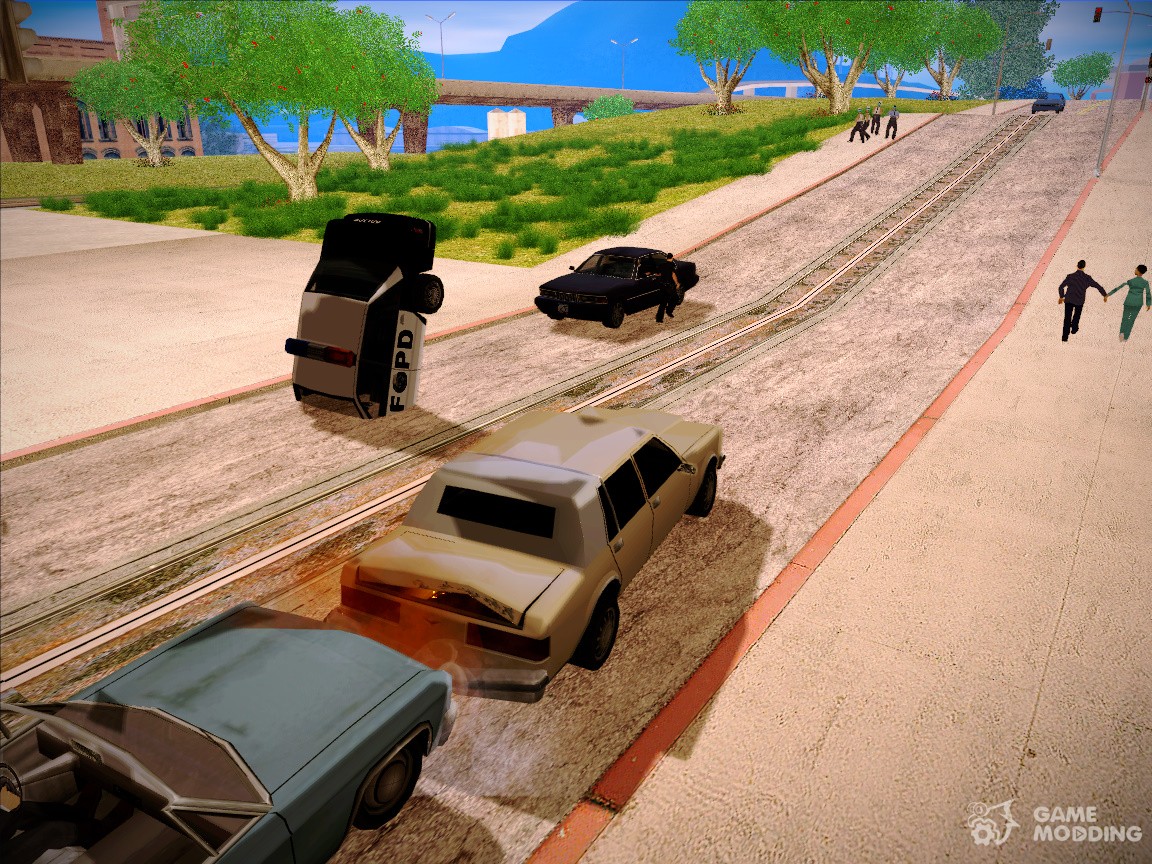

You’ll find some cars behave totally unlike others, even if you give them identical handling.cfg data. So -0.150 means 150 mm ground clearance, a common value for normal cars in Europe.

If your weight, grip, suspension and Centre of Mass settings are sensible then this usually feels about right, although I never measured it. If you’re working in a different edition, try my complete list of tutorials.Īcceleration in San Andreas allows much more control than the earlier games.įor braking, I choose the highest value which only just avoids ‘locking’ any wheel when braking in a straight line on flat, dry tarmac. Start to understand handling.cfg by reading my short description of each setting. But my step-by-step approach can achieve more realistic performance in any of them. You will need slightly different values since the physics were enhanced in each game. GTA San Andreas is based on the earlier editions. (Stats based on the Evo X mention earlier) What I mean to say is, do you have any formulas or any easier way to figure out how to convert a car with a 0-100 km/h of 3.7 s, 0-160 km/h in 10.8 s, electronically limited top speed of 249 km/h (which I will change later probably), with a brake distance of 112 ft.

It was a particularly well-written question, so I’ll quote it here and then answer it in detail. RonMar Diel wrote in about applying real-world research into sports car performance to the 3D games in the GTA series.


 0 kommentar(er)
0 kommentar(er)
